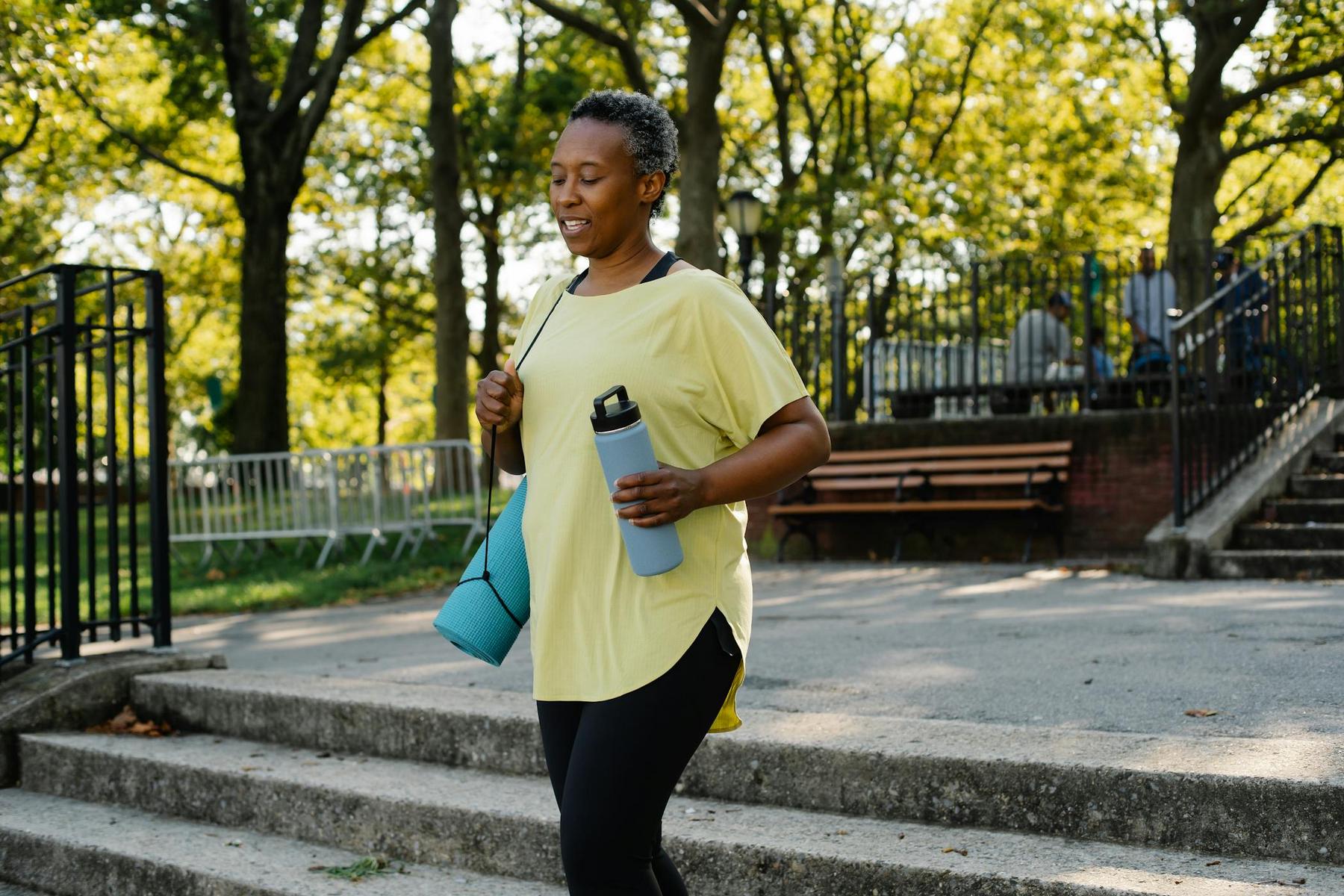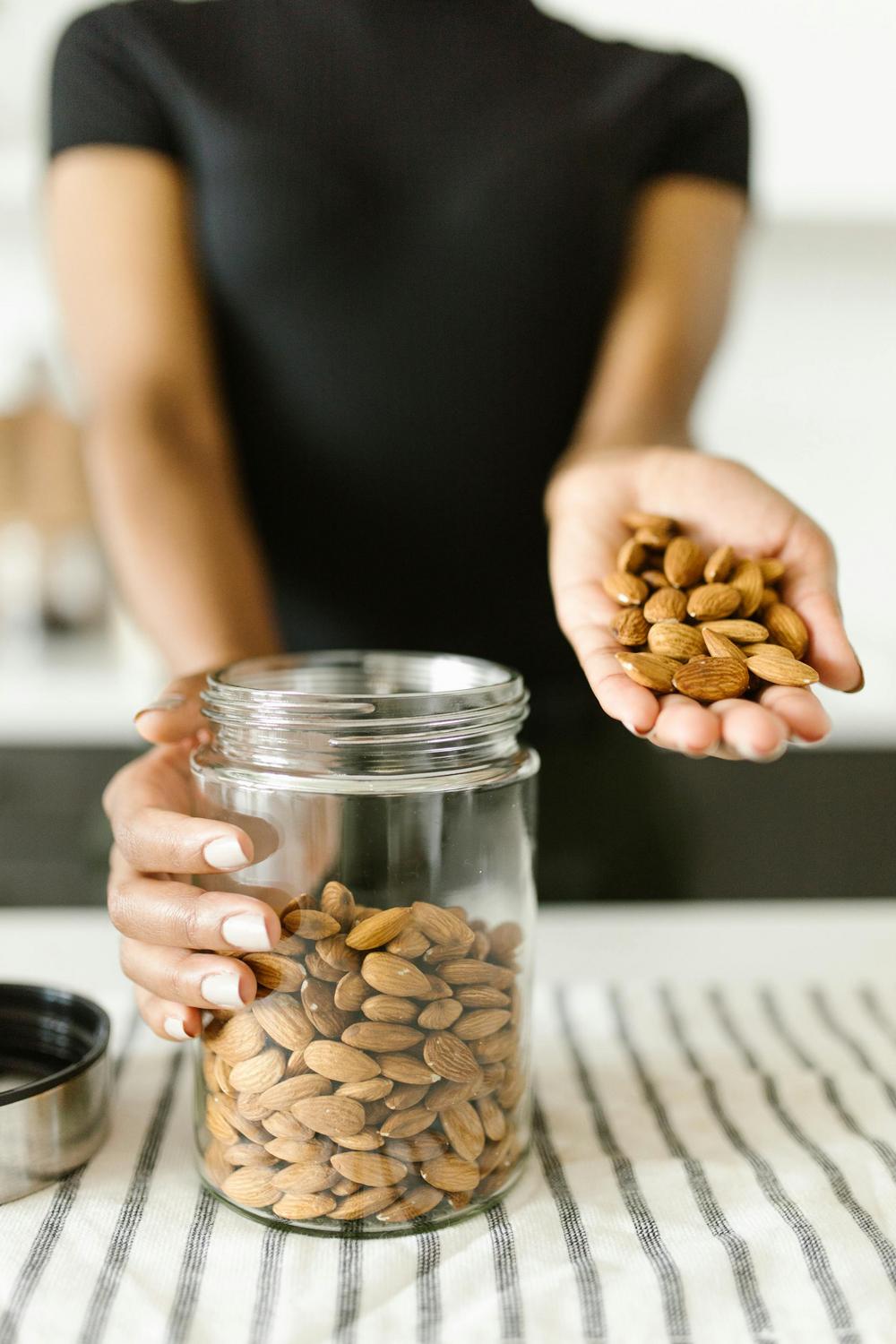The stark reality facing modern Australians cannot be ignored: sedentary lifestyles have created a public health crisis that extends far beyond individual wellbeing. With obesity rates climbing and healthcare costs spiralling, the question isn’t whether we need to move more—it’s how to transform the simple act of walking into a sustainable cornerstone of daily health management. Recent data from the Australian Institute of Health and Welfare reveals a promising 29% reduction in physical inactivity among adults since 2017-18, with walking accounting for 43% of this improvement. Yet for millions struggling with weight management and metabolic health, making walking a part of your daily routine remains an elusive goal, complicated by urban design limitations, time constraints, and lack of systematic implementation strategies.
The clinical evidence is unequivocal: walking represents one of the most accessible yet underutilised therapeutic interventions available to healthcare practitioners and patients alike. For individuals with a BMI of 27 or above, the integration of structured walking protocols can facilitate 10-20% body weight reductions whilst simultaneously addressing comorbid conditions like hypertension and type 2 diabetes. However, the gap between knowing walking’s benefits and successfully integrating it into your daily life requires a sophisticated understanding of behavioural psychology, physiological adaptation, and environmental design.
How Does Walking Transform Your Body’s Metabolic Machinery?
The physiological cascade triggered by regular walking extends far beyond simple calorie expenditure, creating profound metabolic adaptations that support long-term weight management. Consistent walking initiates a complex interplay of hormonal, cardiovascular, and musculoskeletal changes that compound over time. Research has shown that regular walkers maintain higher resting metabolic rates due to increased lean muscle mass preservation, and even incremental increases in daily steps can yield measurable reductions in body fat percentage. Additionally, improvements in insulin sensitivity and blood pressure control underscore the cardiovascular and metabolic benefits of this accessible activity.
What Psychological Barriers Prevent Consistent Walking Habits?
Understanding the neurochemical and psychological foundations of exercise adherence is critical. Making walking a regular habit involves overcoming barriers such as motivation decay, environmental challenges, and habit formation failures. Evidence shows that specific strategies like implementation intentions, environmental cue pairing, and reward scheduling can significantly enhance consistency. These behavioural approaches not only make walking more sustainable but also offer ancillary cognitive and mood benefits, reinforcing the routine through improved executive function and reduced stress levels.
How Can Urban Design Support Your Walking Goals?
The built environment significantly influences walking habits. Urban design elements such as street connectivity, mixed-use zoning, and high-quality pedestrian infrastructure can boost walking frequency and duration. Data indicates that neighborhoods with well-connected and safe walking environments see substantially higher rates of regular walking. Investment in pedestrian-friendly infrastructure, such as improved footpaths and integrated transit options, plays a crucial role in enabling individuals to make walking an effective part of their daily routine.
What Role Does Technology Play in Walking Success?
Modern technology offers valuable tools for monitoring and enhancing walking routines. Wearable activity trackers, smartphone apps, and telehealth platforms not only provide real-time feedback but also support tailored interventions that can adjust to individual needs. Features such as gait analysis, environmental scanning, and social connectivity have transformed how practitioners and patients approach walking as a therapeutic intervention. This tech integration helps bridge the gap between clinical recommendations and practical, everyday use, ensuring that walking becomes a sustainable component of health management.
How Should Walking Recommendations Vary Across Different Life Stages?
Effective walking protocols must be adapted to different life stages. For children, specific step targets support neurodevelopmental milestones, while adults benefit from increased walking to optimize metabolic health. For older adults, modifications such as paced intervals, dual-task activities, and surface variation can reduce injury risk and enhance balance. Clinical adaptations tailored to each age group ensure that walking remains a safe, effective, and enjoyable form of physical activity throughout the lifespan.
Building Your Sustainable Walking Framework
Transitioning from sporadic walking attempts to a systematic routine requires a comprehensive framework. Models that emphasize rhythm, rewards, route flexibility, regulation based on physiological feedback, and collaborative walking groups have shown high adherence rates in clinical settings. Such frameworks not only improve individual outcomes but also offer economic benefits by reducing healthcare costs related to obesity and chronic disease management.
Integrating Walking with Medical Weight Management
For individuals pursuing weight management, walking serves as a foundational component that enhances overall treatment efficacy. When integrated with medical oversight, nutritional strategies, and psychological support, structured walking protocols can lead to significant improvements in metabolic markers and long-term weight loss. Telehealth initiatives further support this integration by offering remote monitoring and personalized guidance, ensuring the sustained success of walking as part of a comprehensive health management plan.
How many steps should I aim for when making walking a part of my daily routine?
Step targets vary significantly by age, fitness level, and health status. Adults typically benefit from 8,000-12,000 steps daily, with each additional 1,000 steps correlating to a 0.26% body fat reduction. However, the quality and consistency of walking matter more than absolute numbers—starting with achievable targets and gradually increasing creates sustainable habits.
What’s the best time of day for making walking a part of your daily routine?
Research indicates two optimal windows: morning walks (7-9 AM) that synchronize with natural cortisol peaks for enhanced energy metabolism, and late afternoon walks (4-6 PM) that align with serotonin reuptake patterns for mood enhancement. Choose timing that fits your schedule consistently, as regularity trumps optimal timing for habit formation.
How quickly will I see results from making walking a part of my daily routine?
Metabolic improvements can begin within 72 hours, with insulin sensitivity increases detectable after one week of consistent walking. Cardiovascular benefits typically emerge within 2-3 weeks, while sustainable weight loss may require 8-12 weeks of regular activity. The key is maintaining realistic expectations and celebrating progressive improvements.
Can walking alone achieve significant weight loss results?
Walking serves as an excellent foundation for weight management. Consistent walking, when combined with appropriate nutritional strategies, can lead to 10-20% body weight reductions. For individuals with a BMI over 27, integrating walking with medical weight management approaches often produces superior outcomes compared to walking alone.
What should I do if weather or urban design prevents outdoor walking?
Indoor alternatives such as shopping centre walking, stair climbing, and home-based stepping routines can effectively maintain your activity levels. The key is to stay consistent with movement, alternating between outdoor and indoor options as necessary to preserve your daily walking routine.



